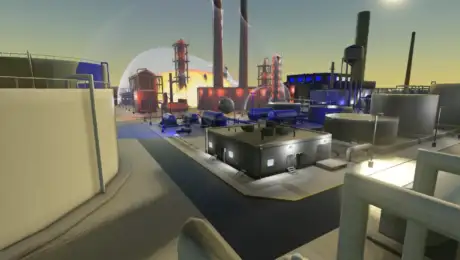
The efficiency of a gas detection system holds paramount importance in effectively managing risks associated with such scenarios within your facilities.
However, how quickly and reliably do these detection systems respond to unexpected hazardous gas releases?
A report from the British Health and Safety Executive (HSE) reveals a concerning statistic: only 30% of major gas leaks in the British industrial sector were detected by gas detection systems. This raises concerns regarding the effectiveness of safety systems upon which clients rely to shield against potential, substantial hazards.
At Gexcon, we have extensive knowledge in assessing and optimising the performance of your toxic or flammable gas detection systems. Employing a spectrum of methods, from simplified approaches to intricate computational simulations, we can conduct in-depth analysis using a model of your facility. These simulations enable us to evaluate the effectiveness of your detection system and provide valuable insights for its enhancement.
Our areas of expertise
- Verification of installed detector systems
- Comparative assessment of alternate detector layouts
- Testing and optimisation of detector set points or voting schemes
- Recommendations for new layouts and alarm criteria
What we do
We can help determine the risks associated with explosions for your facility and help define sufficient safety measures to reduce consequences to an acceptable level






